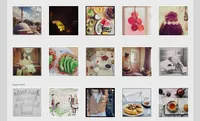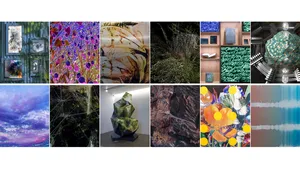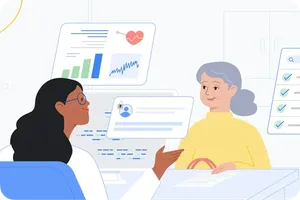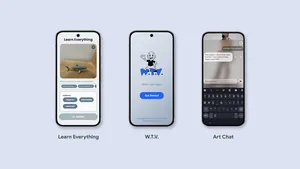Preserving digital art: How will it survive?

For millennia, people have created art—in media ranging from paint on cave walls to metal or stone sculpture to computer-generated images, sound and motion. In recent years, many have made an effort to digitize physical art in an effort to preserve it for future generations and make it accessible to a wider audience. And many contemporary artists have produced creative works using digital media, to be experienced completely online. Yet while the cave paintings in Lascaux are an incredible 20,000 years old, it isn’t clear whether digitized images of that art—or any digital art created today—will last 20 years, let alone 20,000.
That’s because digital art requires readers and, often, software in order to to be viewed, heard or experienced. And as software, browsers, and files either update versions or become obsolete, both digital art—art produced by means of computers and software—and digitized art—reproduced or copied art, rendered in digital form from original physical media—are at risk of disappearing.
Contrary to common belief that “bits don’t die,” obsolescence is a real threat to digital art—and a major challenge as its use continues to increase. Just as preservationists have identified ways to extend the life of pigment, canvas and stone, solutions must be found to assure the longevity of digital works or they may prove to be even less resilient than their physical counterparts.
It’s with this in mind that Google Arts & Culture has partnered with Rhizome to help in the preservation of digital art. Rhizome grew out of the blossoming web-artist community of the mid-1990s, and is now a thriving nonprofit in New York City. They’ve developed unique tools which preserve digital artworks and allow them to viewed long after their complex, software foundations have become obsolete.
Rhizome’s tools are already preserving a growing number of digital-born artworks, and together we’re making them accessible online for free. You can explore these works starting today on Google Arts & Culture, including exhibits on 20-year-old landmark computer games for girls, how the design of early Internet browsers organized user interaction, and the “first Instagram masterpiece?”
Last month, Google Arts & Culture and Rhizome brought together key researchers in preservation, curation and computer science along with digital artists for an event in London to examine the current state of digital art preservation. Starting with a keynote conversation between me and Dragan Espenschied, Rhizome’s preservation specialist, panelists spoke on topics ranging from distribution and preservation of artistic software to community-based preservation.

As we witness physical works of art destroyed by war and the passage of time around the world, we know how important preservation is. The same is true for creative expressions online—and we must look for new solutions together.







